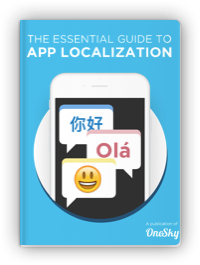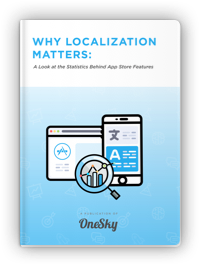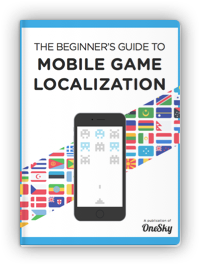5 Ways to Measure and Improve AI Translation Quality
Accuracy is the difference between hitting the bullseye and missing the mark. One leads to success; the other to costly setbacks. The same principle applies to AI-powered translations and AI translation quality. When accurate, they enable seamless international operations and fuel business expansion. When flawed, they hinder cross-cultural connections and stifle revenue growth.
For businesses entering new markets, a critical challenge is ensuring their message resonates with local audiences. As more companies rely on AI to manage large-scale translations, prioritizing accuracy in AI translation quality isn’t just important—it’s essential for success.
AI-driven translation tools promise unparalleled speed and scalability but often struggle with nuances like idiomatic expressions and cultural contexts. Enhancing and precisely measuring AI translation quality is essential for businesses that need to maintain accuracy and cultural relevance in their global communications. Without a clear focus on AI translation quality, even the best tools can falter, leaving businesses at risk of miscommunication and lost opportunities.
In this blog, we’ll explore 5 key ways to measure and improve your AI translation quality. By the end, you’ll have the insights you need to make smarter decisions and select AI translation providers that align with your business goals.
1. Enhance Contextual Accuracy with Human Expertise
AI systems excel at processing large volumes of data quickly, yet they frequently miss subtleties that only human experts can discern. Idiomatic expressions, cultural nuances, and local slang are examples of areas where AI often falters. Employing translators who are native speakers or have deep cultural knowledge of both the source and target languages can significantly improve AI translation quality.
A new survey revealed that over 75% of translation professionals believe human input in AI-driven processes markedly enhances AI translation quality. By integrating human expertise at critical stages, businesses can refine translations to reflect cultural context and emotional nuance—elements vital for effective communication. For example, marketing campaigns or customer service interactions often hinge on the ability to convey tone and intent, areas where humans complement AI’s technical capabilities.
2. Implement Advanced AI-Driven Quality Assurance
In traditional translation workflows, stages like proofreading and editing are essential for ensuring quality. AI can now replicate these stages by deploying virtual agents in roles such as translators, voters, domain researchers, and editors. Described by McKinsey as the “next frontier of AI,” virtual agents are poised to serve as a second layer of quality control, ensuring translations are consistent, grammatically accurate, and compliant with linguistic guidelines.
CoFluent AI is an excellent example of how advanced AI-driven quality assurance processes can reduce translation errors by up to 50%. By leveraging multiple Large Language Models (LLMs) to perform specialized functions, CoFluent AI ensures streamlined workflows without compromising on AI translation quality. This approach not only enhances the accuracy of translations but also significantly speeds up the production process, enabling businesses to scale their operations efficiently.
3. Utilize Translation Memory for Consistency and Efficiency
Translation memory tools are indispensable in modern translation workflows. These tools save segments of text that have been previously translated, allowing for their reuse in new contexts. A recent study by Alpha CRC and DCU researchers showed that fine-tuning large language models with translation memories can significantly enhance AI translation quality while lowering costs.
Moreover, AI enhances this process by automatically detecting inconsistencies or deviations from a company’s style guides or glossaries. For example, a business operating in multiple regions might require consistent branding across all markets. Translation memory tools ensure that key phrases, slogans, and product descriptions remain uniform, while AI adjustments refine the output for regional appropriateness. The result? Translations that are not only accurate but also aligned with brand identity.
4. Continuously Train and Update AI Models
The effectiveness of an AI translation tool hinges on the breadth and diversity of its training data. Outdated or limited datasets can lead to translations that lack relevance or fail to capture linguistic trends.
Regularly updating AI models with new and varied datasets, including contemporary language trends and regional dialects, is critical for maintaining high performance. For example, Google and Harvard recently announced an initiative to “level the playing field” by releasing a high-quality dataset of nearly one million public-domain books specifically designed to train large language models (LLMs).
Engaging with linguistic communities worldwide can further enhance AI models and AI translation quality. By incorporating fresh inputs from native speakers and experts, businesses ensure their tools stay adept at handling language evolution and cultural nuances. For instance, slang and colloquialisms evolve rapidly in today’s digital age. Training AI to recognize these shifts ensures better communication with younger, tech-savvy audiences.
5. Employ Robust Quality Metrics for Comprehensive Evaluation
To maintain and improve AI translation quality, businesses must employ robust metrics that provide a thorough evaluation of performance. Advanced frameworks like Multidimensional Quality Metrics (MQM) and Dynamic Quality Framework (DQF) offer detailed assessments covering aspects such as grammatical accuracy, cultural appropriateness, and overall readability.
4 Key Metrics for Evaluating Translation Quality:
- ✅ Multidimensional Quality Metrics (MQM):
- Pros: Detailed error analysis; adaptable to various project needs.
- Cons: Requires significant expertise; can be subjective in error weighting.
- 🛠️ Dynamic Quality Framework (DQF):
- Pros: Integrates well with translation tools; provides standardized quality assessments.
- Cons: Sometimes focuses excessively on speed over quality nuances.
- 🔹 Bilingual Evaluation Understudy (BLEU Scores):
- Pros: Widely accepted numerical measure; easy to calculate.
- Cons: Does not account for cultural nuances; relies heavily on high-quality reference translations.
- 👩 Human Evaluations:
- Pros: Captures cultural and contextual subtleties.
- Cons: Subjective; less scalable for large volumes of text.
Monitoring these metrics allows for iterative improvements to AI models, ensuring AI translation quality consistently meets high-quality standards. Combining automated metrics with human reviews provides a holistic approach to quality evaluation.
AI Skeptics Say:
In a recent Politico article, skeptics of AI translation argue that machines lack the inherent understanding of cultural idiosyncrasies and emotional nuances that human translators naturally possess. While this is a valid concern, the hybrid approach of integrating AI with human oversight effectively mitigates these limitations.
AI’s efficiency and scalability complement human expertise in linguistic subtleties. For example, AI can handle repetitive and straightforward translations, freeing up human translators to focus on high-stakes projects like legal documents or creative marketing campaigns. This fast collaboration ensures that businesses can deliver translations that are not only quick but also culturally informed and emotionally resonant. Click here to explore successful case studies showcasing AI-human collaboration in translation.
The Best of All Worlds for AI Translation Quality: Combining AI Technology with Human Insight
AI translation technologies are indispensable tools for businesses looking to expand globally. However, their true potential lies in the ability to combine technological innovation with human insight. By adopting strategies such as enhancing contextual accuracy, implementing advanced quality assurance, utilizing translation memory, continuously training AI models, and employing robust quality metrics, businesses can achieve translations that excel in AI translation quality.
High-quality translations foster trust and engagement with international audiences, paving the way for sustainable growth in global markets. The hybrid approach—leveraging AI for efficiency and humans for nuance—ensures that businesses can communicate effectively across borders.
Is your business ready to harness the full potential of AI translation without compromising on quality?
With OneSky CoFluent AI, you’ll experience a seamless blend of state-of-the-art AI technology and expert human oversight designed to deliver precision at scale. Transform your global communication strategies with translations that resonate across cultures and drive real revenue impact.

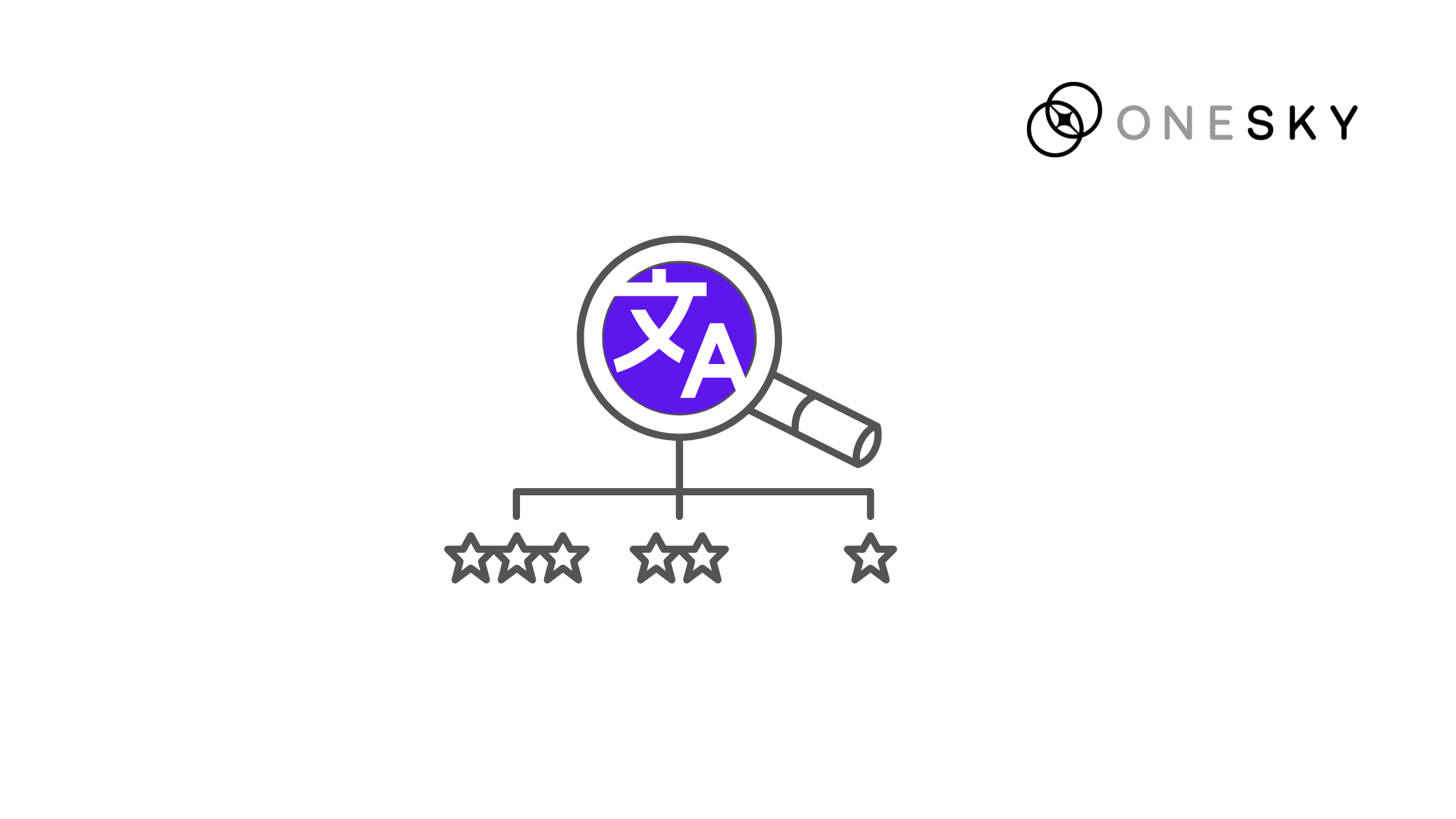
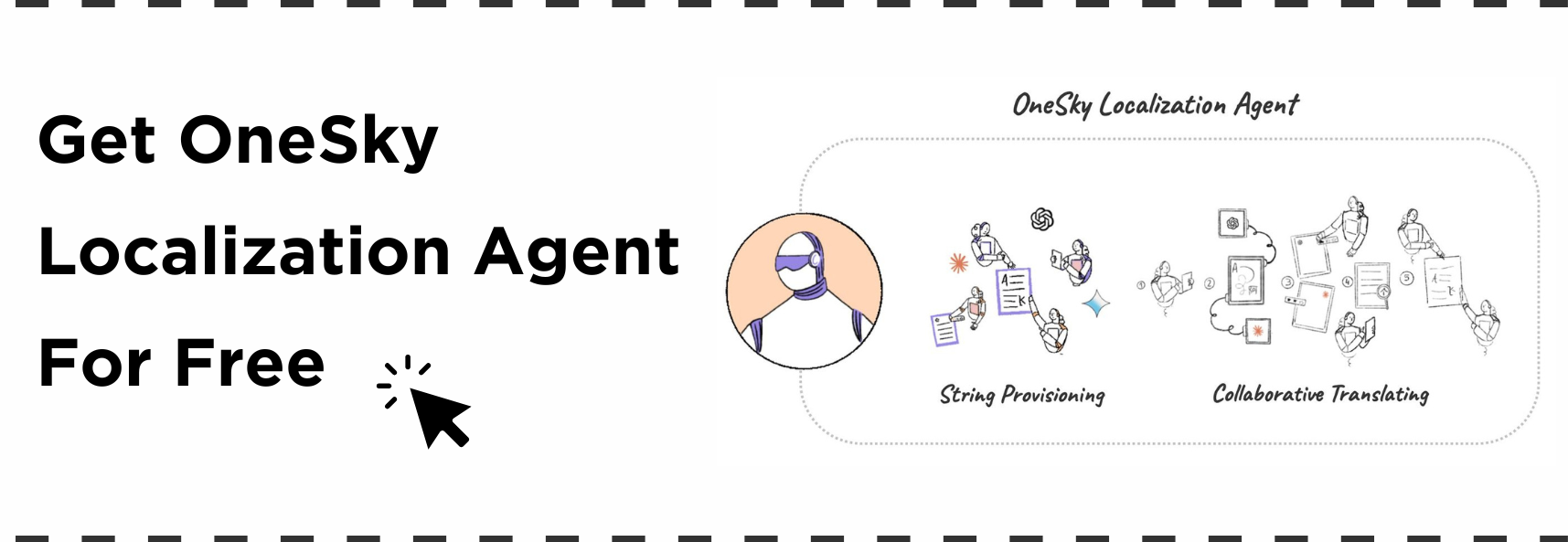
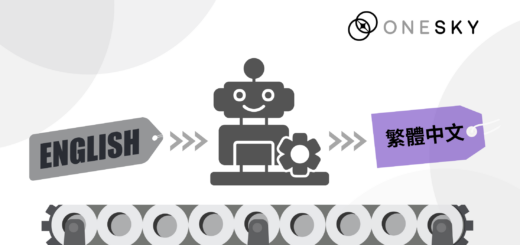
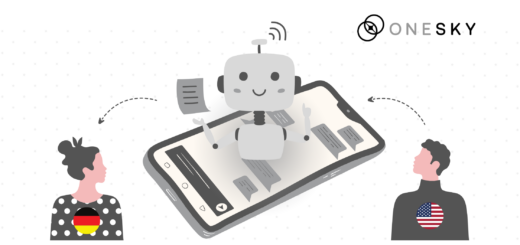
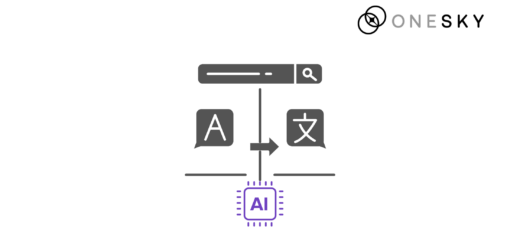
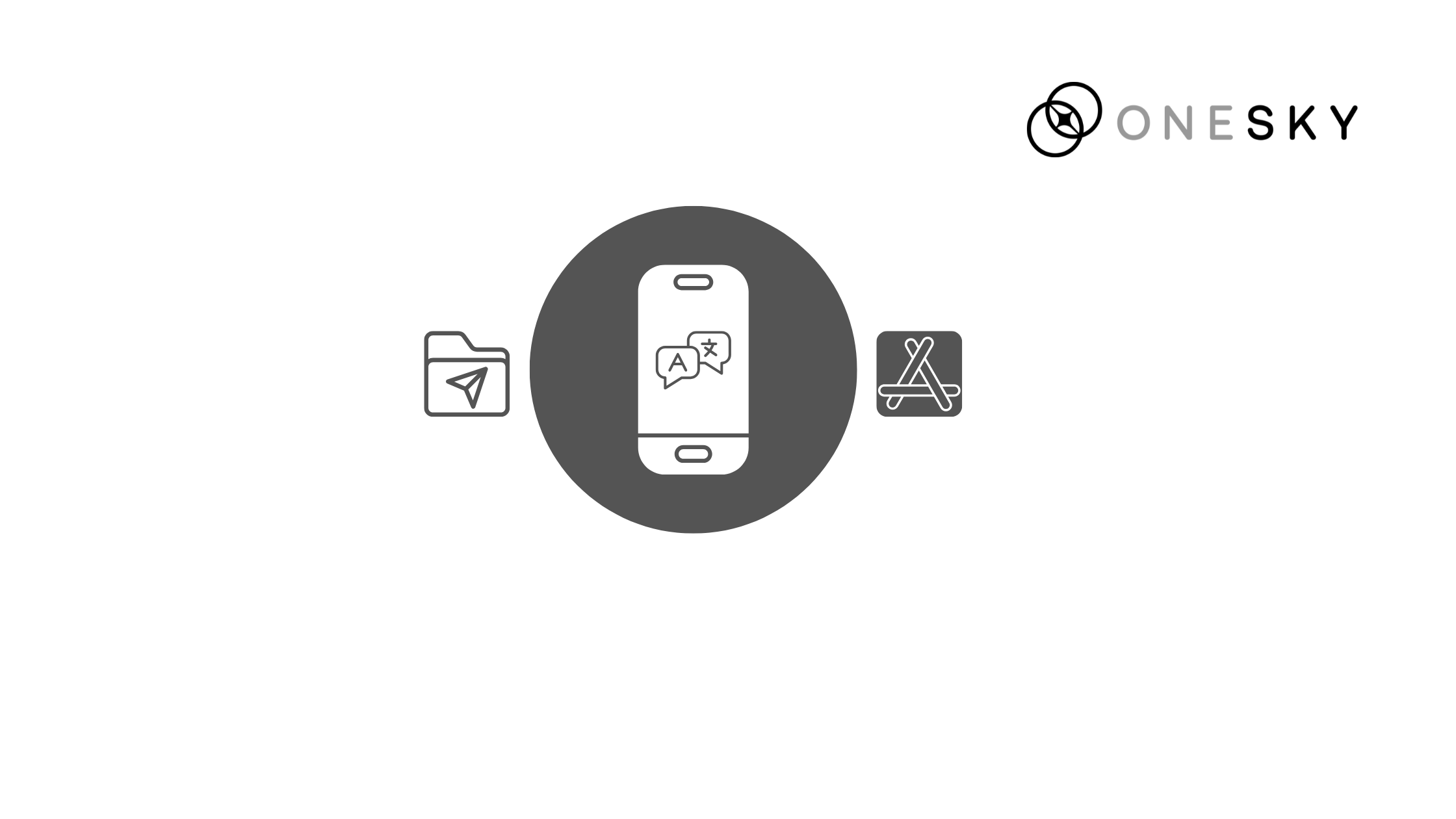


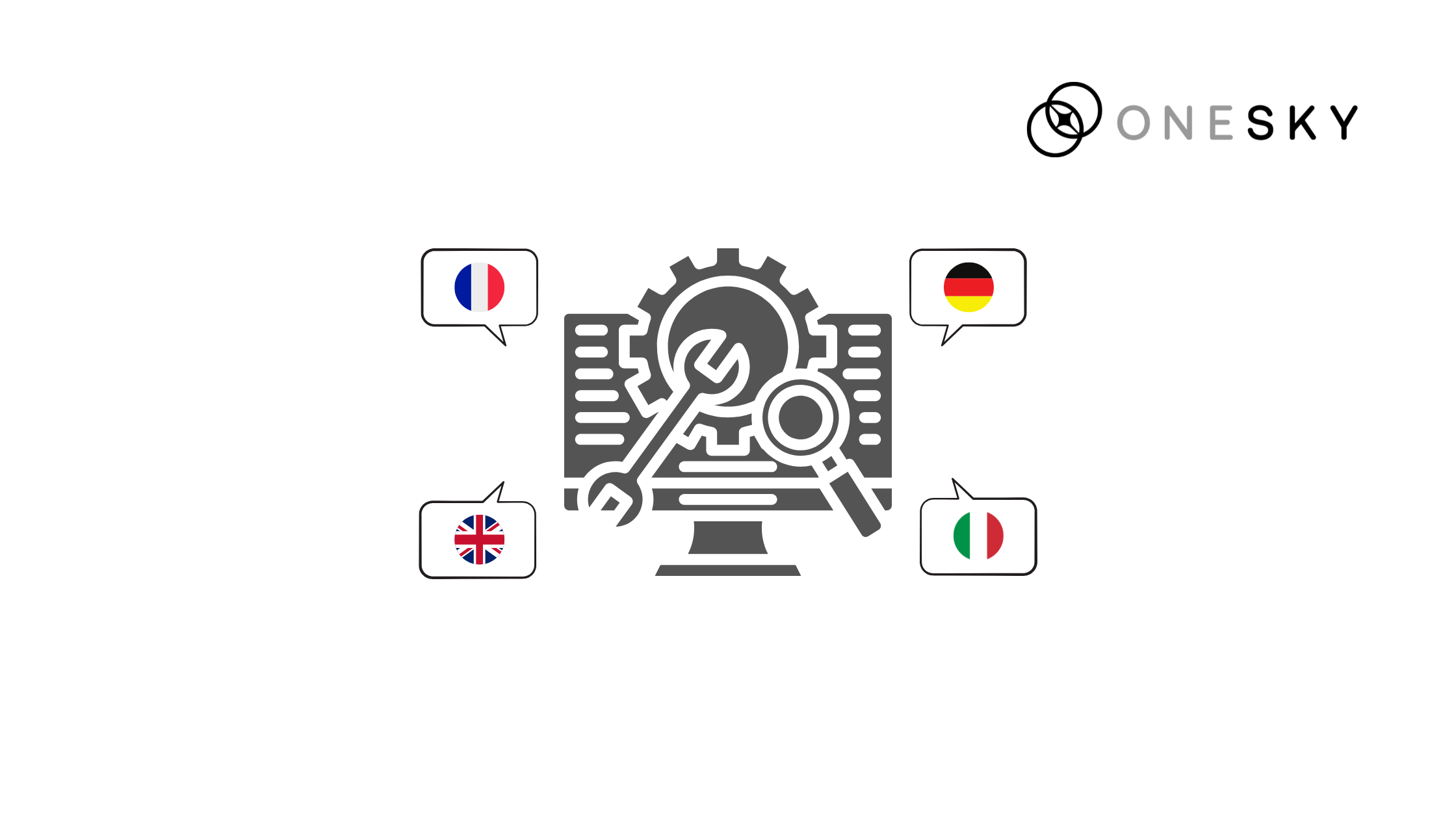
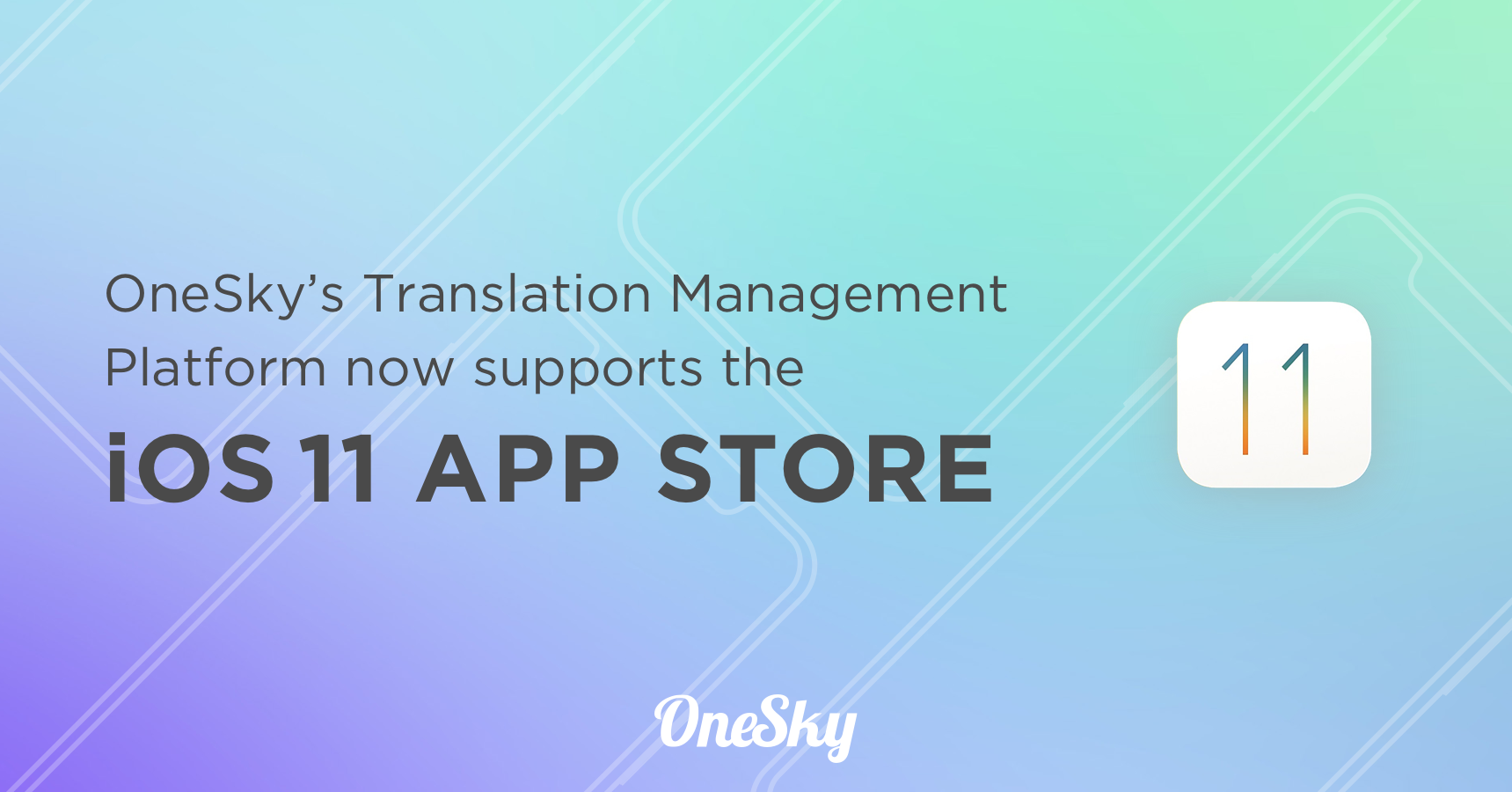
 Written by
Written by 
